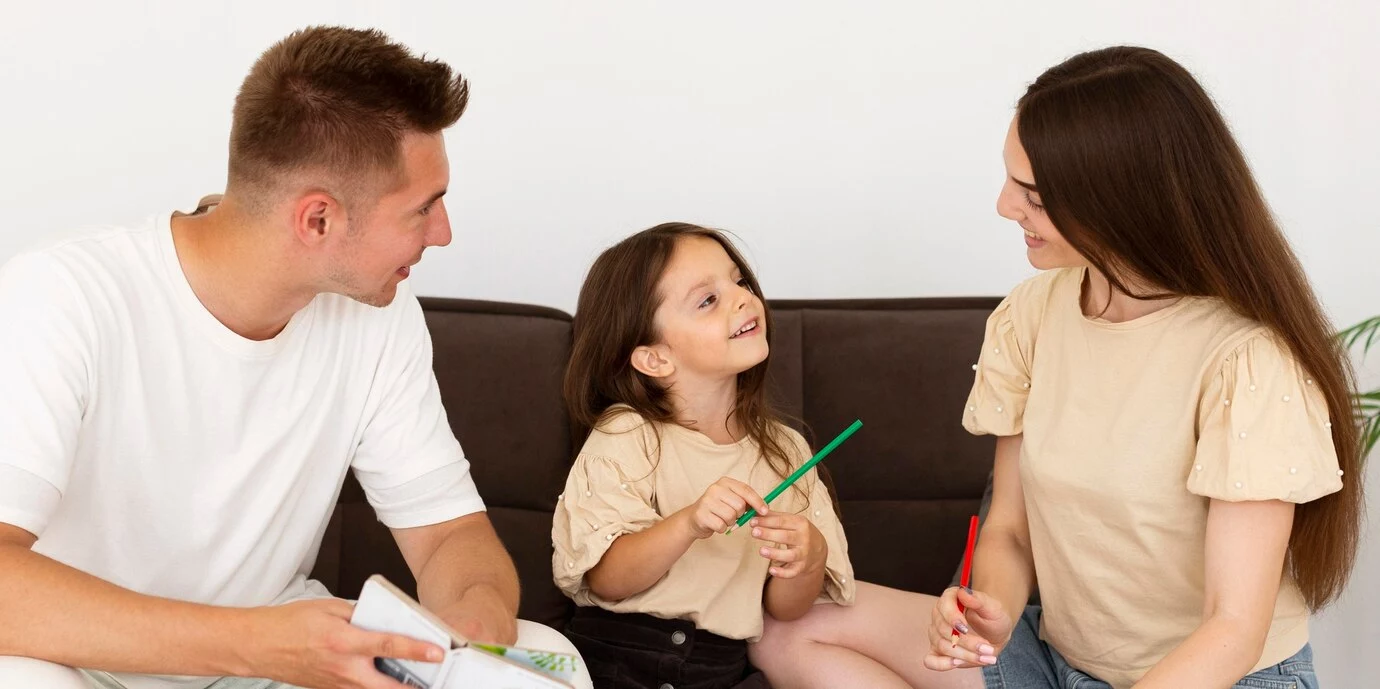Childhood Apraxia of Speech (CAS) is a motor speech disorder that affects a child’s ability to accurately produce sounds, syllables, and words. While it can be a challenging condition for both parents and children, understanding the basics of Childhood Apraxia is crucial for navigating the journey ahead.
In this comprehensive guide, we will explore the causes, symptoms, diagnosis, and treatment options for Childhood Apraxia, providing valuable insights for parents to better support their child’s development.
What is Childhood Apraxia of Speech?
Childhood Apraxia of Speech, also known as Developmental Apraxia of Speech, is a neurologically based motor planning disorder.
Unlike other speech disorders that may involve muscle weakness or language development issues, CAS primarily affects the coordination and planning of muscle movements required for speech.
Children with CAS struggle to ute the precise movements needed to produce clear and intelligible speech sounds.
Causes of Childhood Apraxia
The exact causes of Childhood Apraxia of Speech remain unclear, but research suggests a combination of genetic and neurobiological factors.
Some children may be genetically predisposed to CAS, while others may experience neurological abnormalities affecting the brain’s speech planning and ution areas.
Premature birth, low birth weight, and a family history of speech disorders are among the potential risk factors associated with CAS.
Signs and Symptoms
Recognizing the signs and symptoms of Childhood Apraxia of Speech is crucial for early intervention. Common indicators include:
Inconsistent Speech Errors: Children with CAS often display inconsistencies in their speech, making different errors when attempting to say the same word or sound on separate occasions.
Limited Repertoire of Sounds: CAS may limit a child’s ability to produce a variety of speech sounds, resulting in a restricted range of consonants and vowels.
Difficulty with Sequencing Sounds: Children with CAS struggle to put sounds and syllables together in the correct order, leading to choppy or awkward speech patterns.
Expressive Language Delays: CAS can impact a child’s ability to express themselves verbally, leading to delays in language development.
Groping Movements: Some children with CAS may exhibit groping movements or struggle to coordinate the precise movements needed for speech, even though they may be able to perform the movements separately.
Diagnosis of Childhood Apraxia
Diagnosing Childhood Apraxia of Speech requires a comprehensive uation by a speech-language pathologist (SLP) with expertise in motor speech disorders. The uation may include:
Case History: Gathering information about the child’s developmental milestones, family history, and any potential risk factors.
Observation of Speech: Assessing the child’s speech production during various tasks to identify patterns of inconsistency and difficulty with speech planning.
Speech Sound Assessment: Evaluating the child’s ability to produce a range of speech sounds and their accuracy in different contexts.
Oral-Motor Examination: Examining the movements of the tongue, lips, and jaw to identify any motor planning difficulties.
Language Assessment: Assessing the child’s overall language skills, including comprehension and expressive language abilities.
Treatment Approaches for Childhood Apraxia
While there is no cure for Childhood Apraxia of Speech, early and intensive intervention can significantly improve a child’s speech and communication abilities. Treatment approaches may include:
Speech Therapy: Individualized speech therapy emphasizes motor planning, sequencing, and coordination of speech movements. For those considering apraxia speech therapy, it is advisable to reach out to a professional for personalized guidance and support.
Augmentative and Alternative Communication (AAC): For children with severe speech impairments, AAC systems such as picture boards or electronic devices can support communication.
Parent Involvement: Collaborating with parents to reinforce therapy goals at home and integrate speech exercises into daily routines.
Multisensory Approaches: Using visual, auditory, and tactile cues to enhance a child’s understanding and production of speech sounds.
Intensive Therapy Programs: Some children may benefit from intensive, short-term therapy programs designed to accelerate progress.
Supporting Your Child at Home
Parents play a crucial role in supporting their child with Childhood Apraxia of Speech. Here are some tips for creating a supportive environment at home:
Consistency is Key: Maintain a consistent and structured daily routine to provide a stable environment for your child.
Use Visual Aids: Incorporate visual aids, such as pictures or charts, to help your child understand and practice speech sounds.
Encourage Communication: Foster communication through various means, including gestures, facial expressions, and any AAC tools recommended by the speech therapist.
Celebrate Progress: Acknowledge and celebrate your child’s achievements, no matter how small, to boost their confidence and motivation.
Stay Connected: Join support groups or connect with other parents of children with CAS to share experiences, tips, and emotional support.
Conclusion
Childhood Apraxia of Speech presents unique challenges, but with early intervention and consistent support, children can make significant progress in their speech and communication abilities.
As a parent, understanding the signs, seeking a timely diagnosis, and actively participating in your child’s therapy can make a profound difference in their development. Remember, each child is unique, and progress may vary, but with patience and dedication, you can help your child navigate the path to improved communication and a brighter future.

